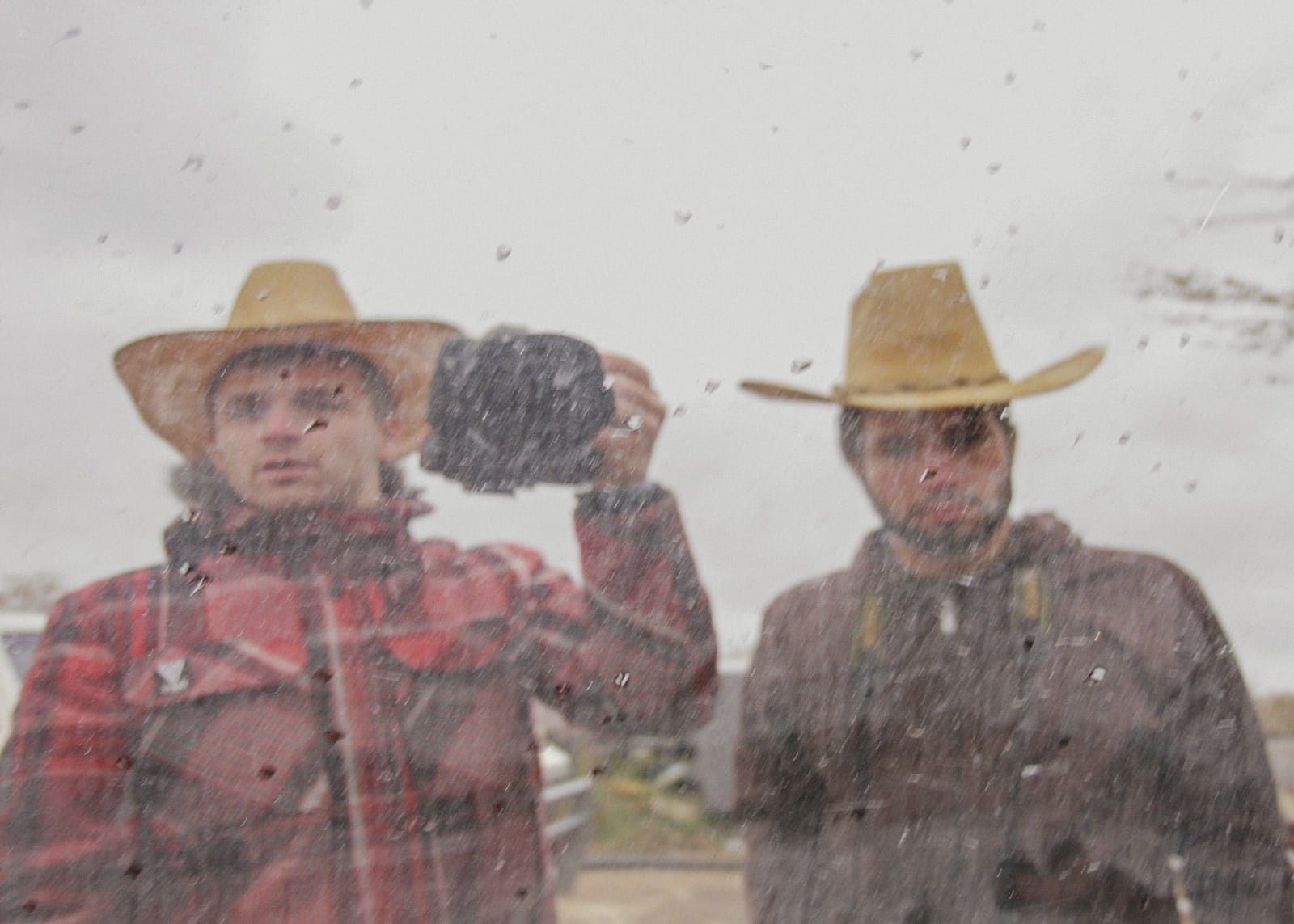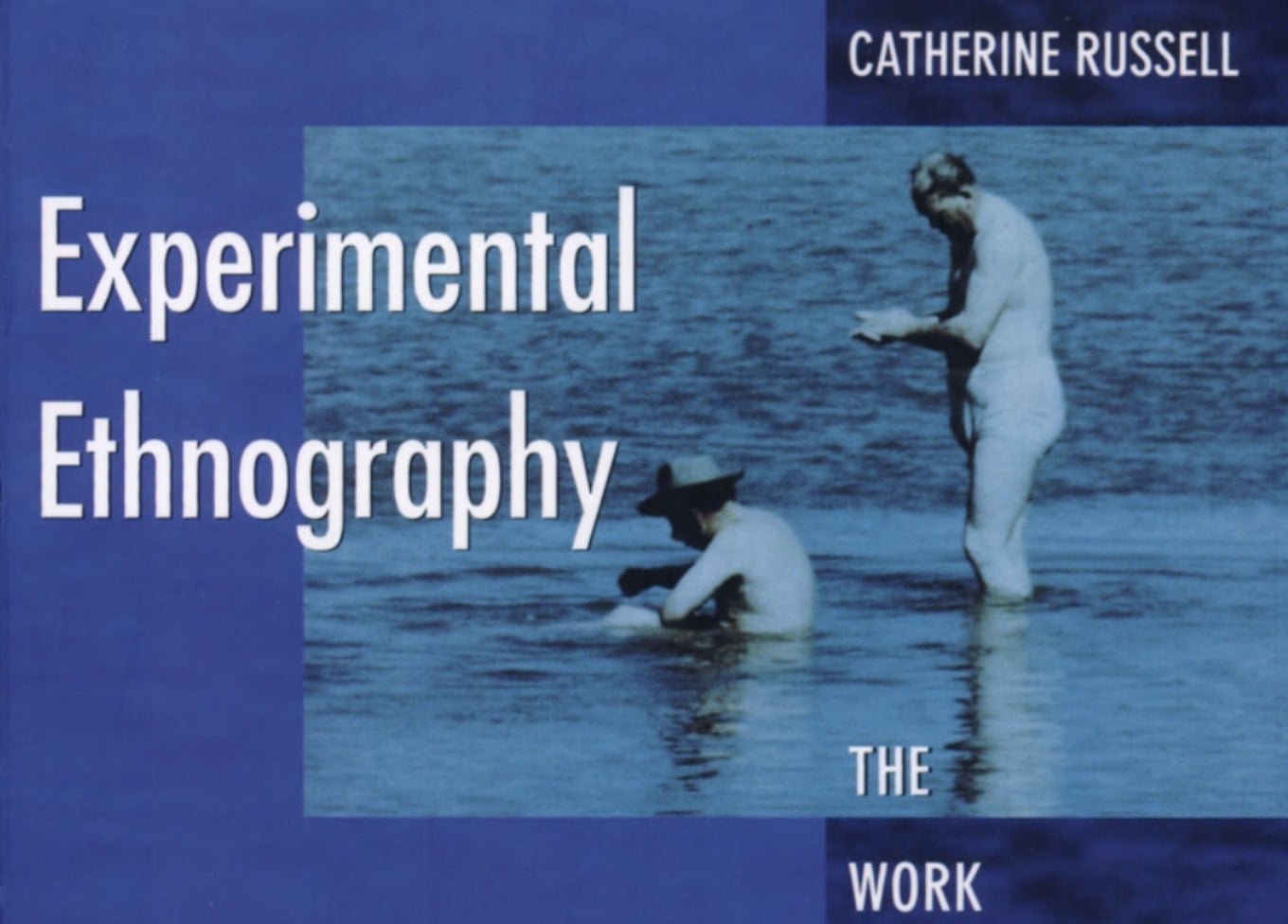An Autoethnography is an autobiographical narrative within a cultural context, it holds culture and self together by interweaving them.

As I was reading Catherine Russell’s book, Experimental Ethnography, one of the things that first struck me was the origins of autoethnography. They talked about how it originated from queer culture. It makes total sense to me why it would. I could imagine that doing a typical autobiography as an LGBT person would really be difficult. Especially explaining your struggles without mentioning and discussing predominant attitudes towards the LGBT community at the time. Only focusing on their story without cultural context a lot would be missed.
To clearly and impactfully tell their story in such a way that a wide audience could relate to them, they have to discuss and show the cultural attitudes of the time and how they affected them. When they do that, it transcends a mere autobiography into a micro slice of history that has a far-reaching impact.
The Autoethnography
The autoethnography holds culture and self together by interweaving them into one another. Culture greatly influences people and people greatly influence culture. Autoethnographies weave them together by allowing the individual to tell their own story. They also highlight the culture, trends, and events at the time of their story. They become inseparable, we don’t know the individual without knowing their cultural context. The cultural context becomes richer and alive by the telling of an individual’s experience.
Autoethnographies are important because they provide insight into how different movements, attitudes, and trends in culture affect individuals. Historically we can also look back and get glimpses of how life really was from a macro to a micro-scale. The viewers become more enlightened beyond a historical moment or an individual. They get to witness personal experiences at a specific time and place that was true for many people.
One of the things that Catherine Russell discussed was Shonagon’s diary lack of aesthetics in his films. She said, “few of the images are formalized, aestheticized, or contemplative”. I believe this aspect of autoethnography create a sense of authenticity and realism. Because they are not “pretty” they don’t feel commercialized and highly produced. In the film “Esther, Baby & Me” by Louis Taylor, there’s a scene showing his girlfriend pregnant and naked in the kitchen. The graininess and poor quality of that shot give it an authentic feeling. It makes us feel we are actually seeing a slice of their lives, which we are. Instead of highly produced Hollywood movie clip that we know is all fake.
Social Media Age
In the age of social media, the autoethnography will take many different forms and shapes. The most common is video. But it can also be something as simple as a Facebook feed, depending on the person. Some people enjoy having discussions about current events on their Facebook feed while simultaneously posting photos of themselves at events and places. Simply scrolling through such a person’s feed one could get a strong sense of the time’s events, attitudes, and styles that were happening at the time. While also giving a sense of who they are as people. Their feed would become a source of storytelling about the individual’s life while highlighting the wider cultural events of their time. This would not work for everyone since some people only post things about themselves while others only share news articles.
